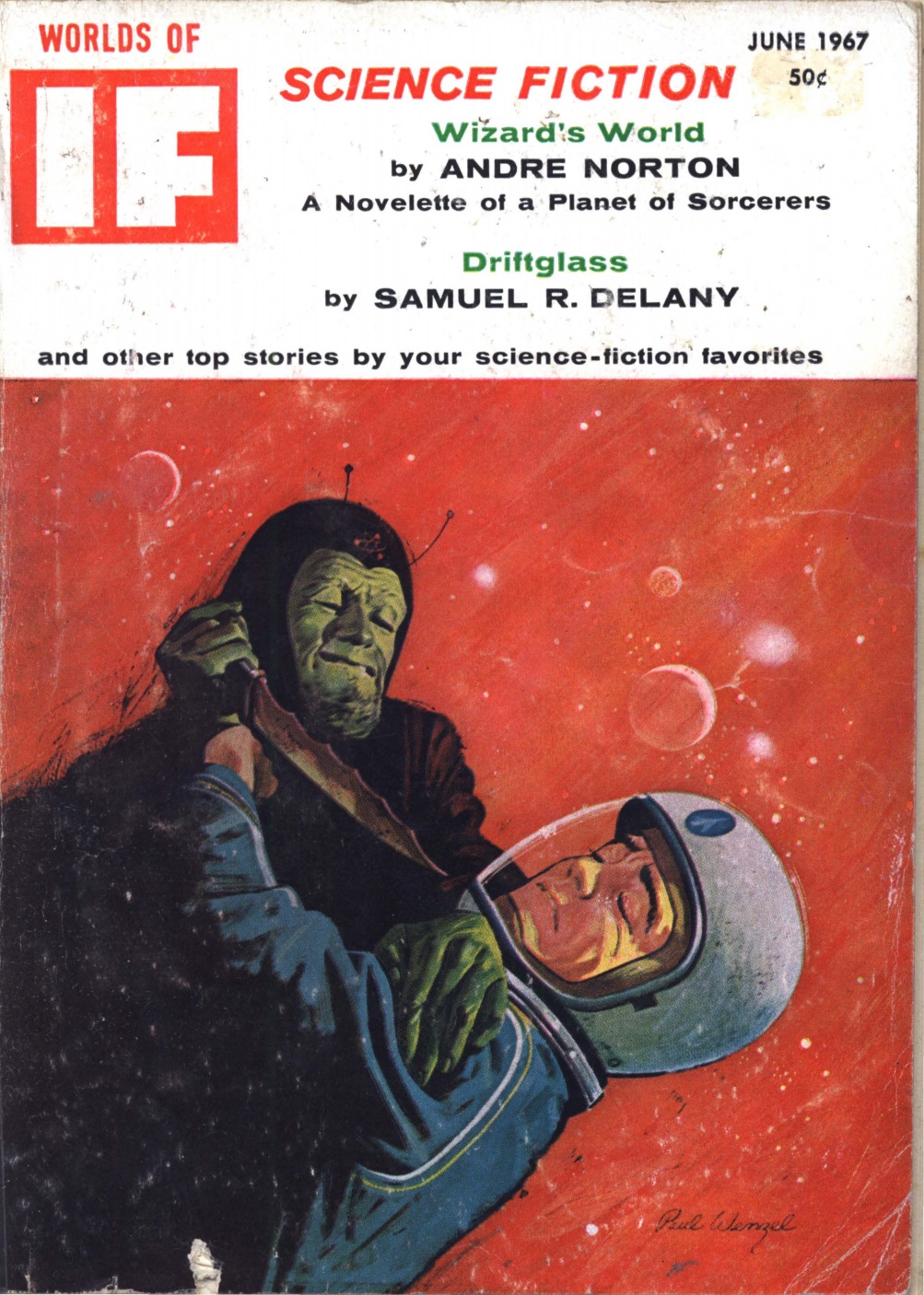
by David Levinson
[L]et us to the end dare to do our duty as we understand it.
– Abraham Lincoln, Address to the Wisconsin State Agricultural Society
A duty to a higher power
On April 28th, heavyweight boxing champion Muhammad Ali (whom many papers insist on calling by his former name, Cassius Clay) refused induction into the United States Army. In a matter of hours, the New York State Athletic Commission revoked his boxing license, and the World Boxing Association stripped him of his title. For those paying attention, Ali’s refusal came as no surprise. He had been classified as 1-Y (fit for service only in times of national emergency) due to his poor performance on the qualifying test, but when the army lowered its standards last year, he became subject to reclassification as 1-A. The draft board in Louisville Kentucky did so, and he appealed, seeking exemption as a Muslim minister (often incorrectly reported as conscientious objector status). The board denied the appeal in January, and Ali vowed to go to court. After moving to Houston, Texas, the champ again sought reclassification and was again denied.
 Muhammad Ali is escorted from the induction center in Houston, Texas.
Muhammad Ali is escorted from the induction center in Houston, Texas.
When called up, Ali appeared as ordered at the Houston induction center and participated in all the pre-induction activities. But when called to step forward for induction, he refused. He was taken aside and the consequences were explained, but he once again refused. After that, he signed a statement indicating his refusal and was escorted outside. He didn’t address the reporters and television cameras waiting for him, but handed out copies of a four-page statement indicating that he is aware of the penalties he faces, but that accepting induction is inconsistent with his “consciousness as a Muslim minister and [his] own personal convictions.” The case has been referred to the U. S. Attorney. If convicted, Mr. Ali faces a maximum of 5 years in prison and a $10,000 fine.
A sense of duty
Like Muhammad Ali, almost everyone in this month’s IF is motivated by strong beliefs: their duty to king and country, humanity at large, or their own personal beliefs and obligations.
 Uncle Martin and Tim (from My Favorite Martian) seem to have had a falling out. Actually, this is supposedly from Spaceman!
Uncle Martin and Tim (from My Favorite Martian) seem to have had a falling out. Actually, this is supposedly from Spaceman!
Art by Wenzel.
Continue reading [May 2, 1967] The Call of Duty (June 1967 IF)

![[May 2, 1967] The Call of Duty (June 1967 <i>IF</i>)](https://galacticjourney.org/wp-content/uploads/2022/04/IF-Cover-1967-06-672x372.jpg)
![[January 4, 1966] Keep Watching the Skies (February 1966 <i>IF</i>)](https://galacticjourney.org/wp-content/uploads/2020/12/IF-Cover-1966-02-652x372.jpg)

